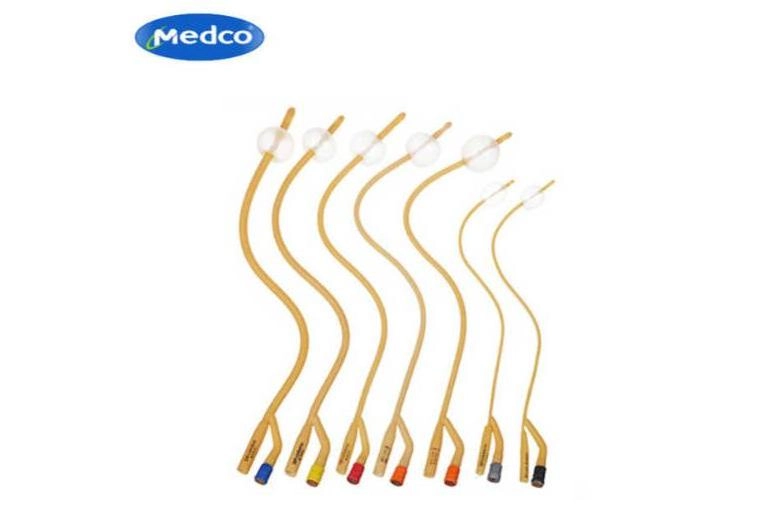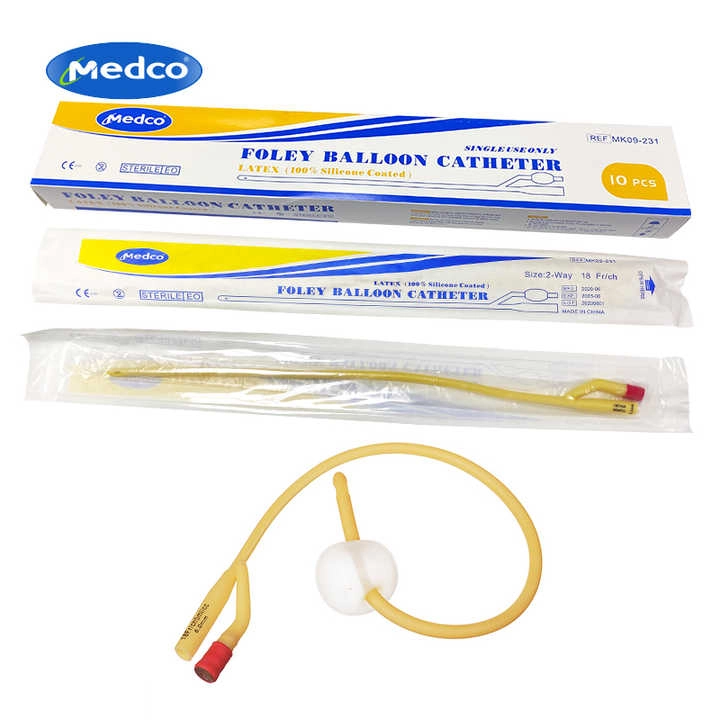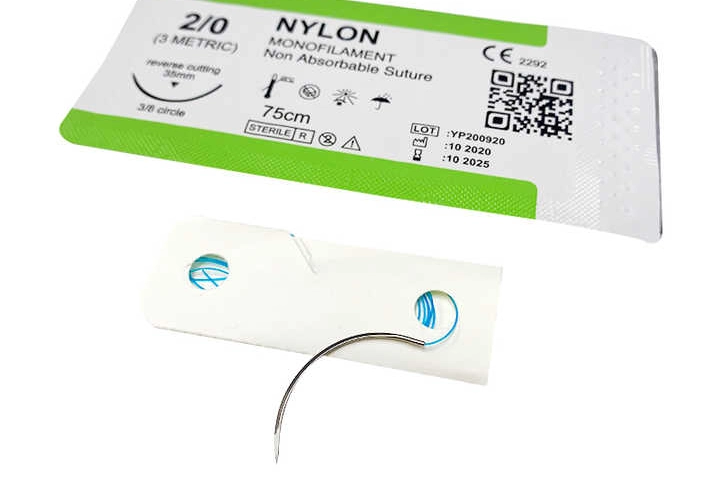
What is a Foley Catheter?
What’s a Foley Catheter All About?
A Foley catheter, sometimes called an indwelling urinary catheter, is a soft tube that goes into your bladder to drain pee. It was created by Dr. Frederick Foley in the 1930s. This thing is pretty common for helping folks who struggle with urinary retention or leaks. A little balloon at the tip keeps it cozy inside the bladder for a while.
How Do Foley Catheters Work?
Foley catheters make it easy for urine to drain from the bladder. The catheter is placed through the urethra into the bladder. The catheter collects the urine and carries it through a drainage tube to a bag outside your body. That balloon at the end keeps the catheter in position. They are a lifesaver for people who can’t urinate on their own because of illness or after an operation.
When Do You Need a Foley Catheter?
Foley catheters are super helpful in a few cases, like:
- After Surgery: They help when you can’t pee easily after pelvic or spine operations.
- Ongoing Health Issues: Folks with conditions like multiple sclerosis or spinal cord injuries might need them for the long haul.
- Urinary Retention: When your bladder won’t empty because of blockages or weak muscles.
- Intensive Care: In ICUs, they keep track of how much pee very sick people are making.
Types of Foley Catheters
Two-Way Foley Catheters
Two-way Foley catheters are the most popular pick. They’ve got two channels, or lumens. One lets pee flow out. The other pumps up the balloon to keep the catheter steady. These are awesome for most folks and do a great job with urine drainage.
Three-Way Foley Catheters
Three-way Foley catheters come with an extra channel for rinsing the bladder. They’re perfect when you need to keep the bladder flushed, like after bladder surgery. They also stop blood clots from clogging up the urine flow.
Special Catheters for Specific Needs
Some Foley catheters are designed for unique situations. For example:
- Coude-Tip Catheter: Has a curved tip to make it easier for guys with bigger prostates.
- Silicone-Coated Catheter: Great for anyone allergic to latex.
- Temperature-Sensing Catheter: Has sensors to check bladder temperature in serious medical cases.
Materials Used in Foley Catheters
Silicone-Based Catheters
Silicone catheters are a favorite because they’re gentle on the body and don’t often cause allergies. They’re sturdy and don’t irritate much. That makes them perfect for using over a long time.
Latex-Based Catheters
Latex catheters are flexible and don’t cost a ton. But they can cause allergies for some people. To help with that, they’re usually coated with things like silicone or Teflon.
Coated Catheters and Why They Rock
Coated Foley catheters make everything smoother and comfier:
- Hydrogel Coating: Makes inserting and removing the catheter less ouchy. It also keeps your tissues from getting annoyed.
- Antimicrobial Coating: Stops germs from growing on the catheter to cut down on infections.
- Silver Alloy Coating: Gives extra protection against urinary tract infections (UTIs) by fighting off bacteria.
Foley catheters are a big deal in healthcare service. They handle pee drainage for all kinds of medical needs. With different styles and materials, they’re tailored to each person’s situation while keeping comfort and safety first.
Proper Use and Placement of Indwelling Urinary Catheters
Tips for Putting Them In and Taking Care
Keeping Everything Super Clean
Putting in a Foley catheter means being crazy careful about cleanliness to avoid infections. Washing your hands well is a must before touching the catheter or any equipment. Using sterile gloves, drapes, and germ-killing solutions keeps things squeaky clean. Our products are made with super strict quality checks. Every single one gets tested before it’s shipped. This careful work lowers the chance of germs sneaking into the urinary tract.
Making Sure Patients Feel Okay
Comfort is huge when putting in a catheter. Chatting with the patient about what’s going to happen helps calm their worries. Lubricated catheters make the process less uncomfortable. Picking the right size and type for each person is really important. Checking in often after it’s in helps spot any irritation or issues early.
How Long Should a Catheter Stay?
Foley catheters should only stay in as long as you really need them. Keeping them in too long can cause problems like infections or blockages. Nurses and doctors should check every day to see if the catheter’s still necessary. They should take it out the moment it’s not needed anymore.
Risks and Complications Associated with Foley Catheters
Infections from Foley Catheters
Catching Signs of Urinary Tract Infections (UTIs)
People with Foley catheters are more likely to get UTIs because germs can grow on the catheter. Watch for stuff like fever, chills, cloudy or stinky pee, or pain in your lower belly. Spotting these early and treating them is super important to avoid bigger issues.
How to Lower Infection Chances
Keeping infections away means taking great care of the catheter and staying clean. Washing the catheter area with germ-killing solutions regularly helps a lot. Keeping the drainage system sealed is key too. Making sure folks drink plenty of water is another good move. Coated catheters help out here. For example, hydrogel coating makes things smoother and less irritating. Germ-fighting coated catheters add extra protection against bacteria.
Other Possible Hiccups
Bladder Spasms and Feeling Uncomfy
Bladder spasms can pop up because the catheter feels weird in there. These might make you uncomfortable or cause leaks around the catheter. Tweaking the catheter’s position or giving meds to relax the bladder can help.
Blockages or Leaks
Blockages in Foley catheters can happen when gunk or blood clots stop the pee from flowing. Flushing or rinsing the catheter regularly can keep this from happening. It’s especially important for people with blood in their pee or after bladder surgeries.
Choosing Medco for Indwelling Urinary Catheters

Why Safety Rules Are a Big Deal
Medco has been making medical devices for over 18 years. We are all about following tough safety standards, like CE0123 and ISO13485 certifications. Our hard work means every product gets serious quality checks before it hits hospitals or clinics.
Awesome Quality and Safety in Catheters
Medco makes top-notch Foley catheters designed to keep patients comfy and safe. We offer silicone-coated ones to avoid irritation. Our germ-fighting coatings help stop infections. We have also got special designs, like coude-tip catheters, for specific health needs. Going with Medco’s products means doctors and nurses can trust they’ll work well while putting patients first.
FAQ
Q: How do you keep a Foley catheter clean and safe?
A: Cleanliness is a big deal! Hands need to be washed well before touching anything. Sterile gloves, drapes, and germ-killing solutions keep things squeaky clean during insertion. After it’s in, regular cleaning of the catheter area and keeping the drainage system sealed helps prevent infections.
Q: Does it hurt to have a Foley catheter put in?
A: It can be a bit uncomfortable, but doctors try to make it easier. They use lubricated catheters to reduce the ouch factor. Talking you through the process beforehand helps calm nerves, and picking the right catheter size matters too.




